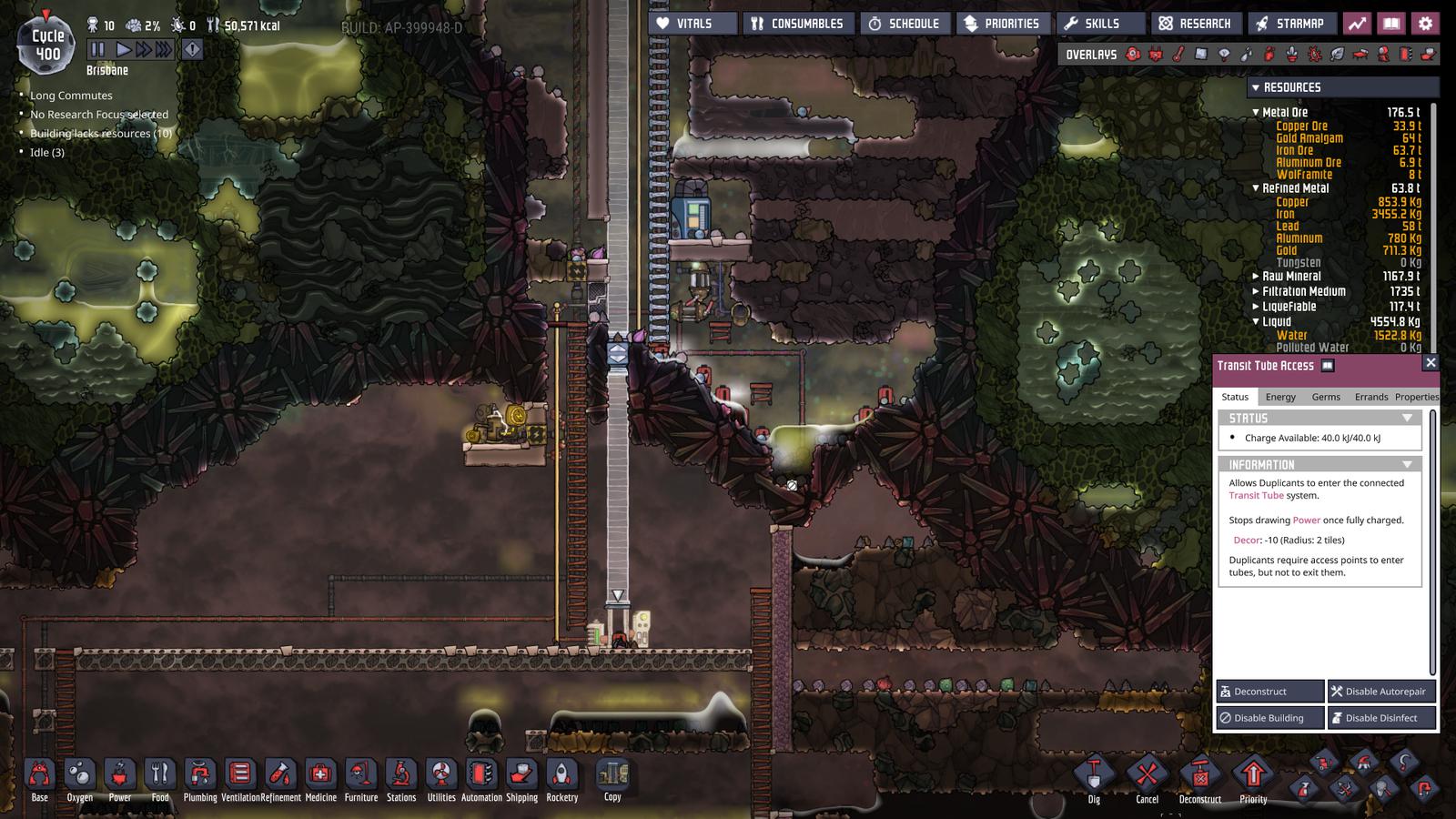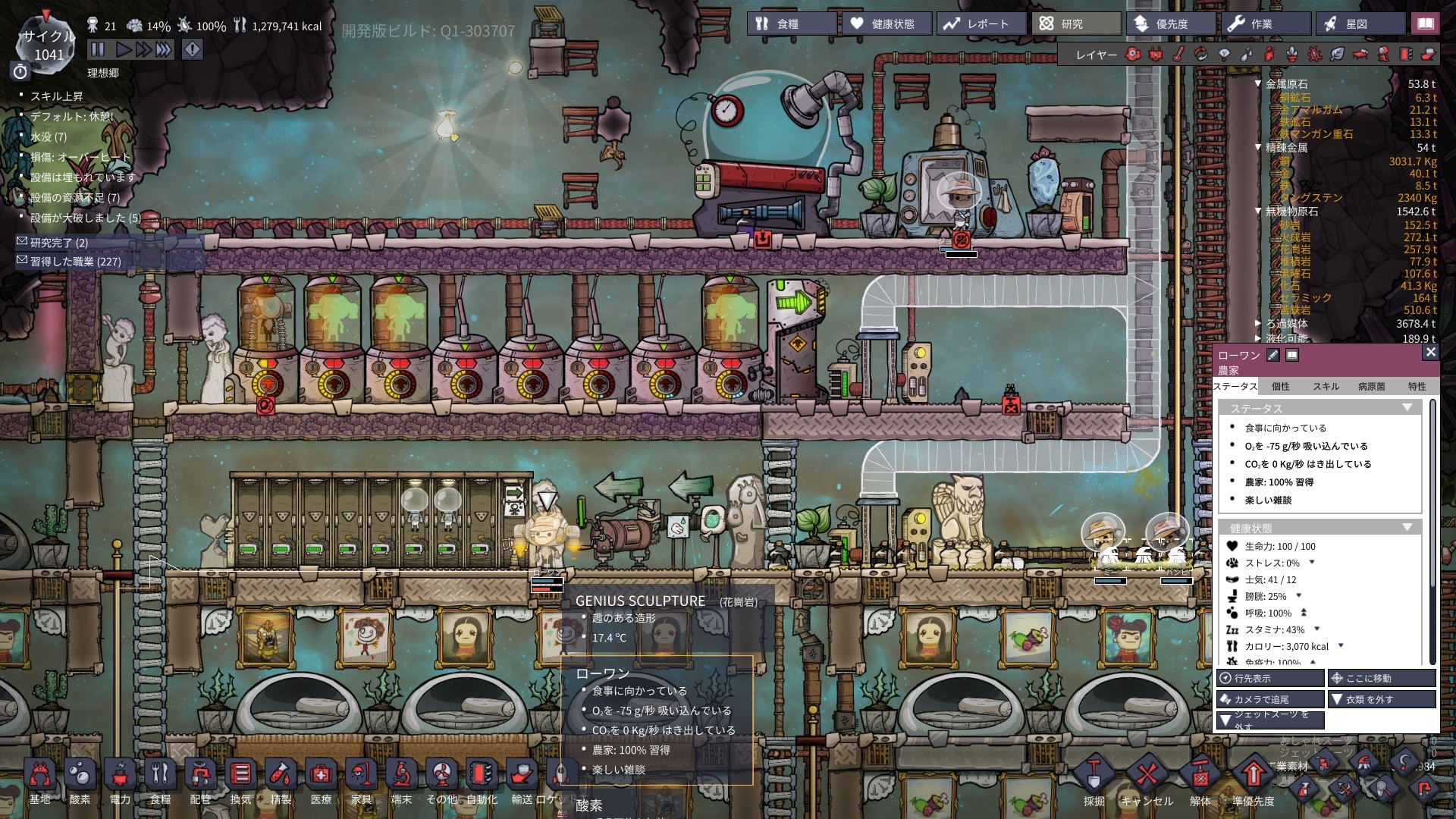

It also means that it can just be a naked tube without an entrance, as long as there's a landable tile 2 spaces below it (same distance to connect it to an entrance) This means that a horizontal tube running along the ground can be an exit. Couple of things about Transit Tubes that you should know:Ī tube exit can be any tube within 2 vertical tiles of a landing spot.

slice-overlap artifact a.k.a.So, this is my tube network at the moment.propylene glycol peak: resonates at 1.13 ppm.N-acetylaspartate (NAA) peak: resonates at 2.0 ppm.glutamine-glutamate peak: resonates at 2.2-2.4 ppm.gamma-aminobutyric acid (GABA) peak: resonates at 2.2-2.4 ppm.2-hydroxyglutarate peak: resonates at 2.25 ppm.arterial spin labeling (ASL) MR perfusion.dynamic contrast enhanced (DCE) MR perfusion.dynamic susceptibility contrast (DSC) MR perfusion.metal artifact reduction sequence (MARS).turbo inversion recovery magnitude (TIRM).fluid attenuation inversion recovery (FLAIR).diffusion tensor imaging and fiber tractography.MRI pulse sequences ( basics | abbreviations | parameters).

iodinated contrast-induced thyrotoxicosis.iodinated contrast media adverse reactions.clinical applications of dual-energy CT.as low as reasonably achievable (ALARA).X-rays are produced on the rather small rectangular surface, the focal spot. The whole anode is not included in x-ray production. A smaller angle results in a smaller effective focal spot.

The anode angle is the angle between the vertical and the target surface with most x-ray tubes having an anode angle of 12-15°. When the electron beam hits the anode (at the actual focal spot), interactions of the electrons with the target material produces the x-ray beam. The anode disc rotates and is subjected to a focused beam of electrons emanating from the cathode, which is accelerated by a high potential difference between the cathode and the anode. Most rotating anodes actually represent rather complex electromechanical systems consisting of approximately 350 pieces, taking around 150 assembly operations. The purpose of the rotation is to dissipate heat. Some anodes used in mammography are also made of rhodium (Z=45), which has characteristic x-rays of slightly higher energies, which are more penetrating and preferably used in dense breast imaging.Īnodes are designed as bevelled disks attached to a large copper rotor of the electric motor, rotating them at the speeds up to 10,000 rpm, with a temperature of 2000☌. Molybdenum is also often used as the target material for anodes used in mammography because it has an intermediate atomic number (Z=42) and the produced characteristic x-rays are of energies suited for this purpose. The body of the anode is made of materials that are light and have a good heat storage capacity, like molybdenum and graphite. An alloy containing tungsten and rhenium is also used because the addition of 5-10% rhenium prevents grazing of the anode surface. The high atomic number of tungsten gives more efficient bremsstrahlung production compared to lower atomic number target materials. Tungsten has a high atomic number (Z=74) and a high melting point of 3370☌ with a correspondingly low rate of evaporation. Most x-ray tube anodes are made of tungsten (the target material). The anode converts the energy of incident electrons into x-rays dissipating heat as a byproduct. It is a piece of metal, shaped in the form of a bevelled disk with a diameter between 55 and 100 mm, and thickness of 7 mm, connected to the positive side of the electrical circuit. The anode (or anticathode) is the component of the x-ray tube where x-rays are produced.


 0 kommentar(er)
0 kommentar(er)
